Click here to view the Timeline of Port Phillip’s History.
Note: The presentation formatting is correct if you view this page with Firefox but appears to be out if you are using Internet Explorer.
The Aboriginal people arrived in the area 20,000 to 40,000 years ago long before the bay was formed. They left behind large piles of semi-fossilised sea-shells known as middens, in spots around the shores where they held feasts. They hunted abundant sea-life, including penguins 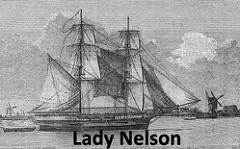 and seals, and wore possum-skin cloaks and elaborate feathered head-dresses during the cold seasons.
and seals, and wore possum-skin cloaks and elaborate feathered head-dresses during the cold seasons.
In late 1801, Lieutenant John Murray of Britain’s Royal Navy discovered the entrance to Port Phillip but was prevented  by rough weather and dangerous water conditions from entering the bay. On 15 Feb 1802, he sailed into Port Phillip on the Lady Nelson and claimed the bay for Britain, naming it Port King, after Governor of New South Wales, Philip Gidley King. King renamed it later to Port Phillip, in honour of his predecessor, Admiral Arthur Phillip who led the First Fleet.
by rough weather and dangerous water conditions from entering the bay. On 15 Feb 1802, he sailed into Port Phillip on the Lady Nelson and claimed the bay for Britain, naming it Port King, after Governor of New South Wales, Philip Gidley King. King renamed it later to Port Phillip, in honour of his predecessor, Admiral Arthur Phillip who led the First Fleet.
Six weeks after Murray, the explorer Matthew Flinders arrived in his ship HMS Investigator. He ascended Arthurs Seat, the highest point on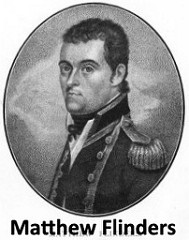 the shore, for a sweeping view of the surrounding land. He was impressed and reported to Governor King that the land appeared fertile and would be good for grazing cattle and sheep. As a result of Murray’s and Flinders’ reports, King sent Lieutenant Charles Robbins in the
the shore, for a sweeping view of the surrounding land. He was impressed and reported to Governor King that the land appeared fertile and would be good for grazing cattle and sheep. As a result of Murray’s and Flinders’ reports, King sent Lieutenant Charles Robbins in the 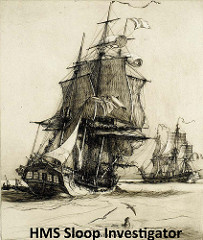 Cumberland to fully explore Port Phillip fully. One of his party, Charles Grimes, became the first European to walk right round the bay, and thus discovered the mouth of the Yarra on 2 February 1803.
Cumberland to fully explore Port Phillip fully. One of his party, Charles Grimes, became the first European to walk right round the bay, and thus discovered the mouth of the Yarra on 2 February 1803. 
To beat the French in settling Port Phillip, the British government despatched two ships, Ocean and HMS Calcutta on 27 April 1803 from England, carrying Lieutenant Colonel David Collins and 467 people, including 299 convicts, 43 women and 33 children. Six of the convicts were aged 12 years and below. They arrived on  10 October 1803 and established the bay’s first white settlement at Sullivan Bay, near what is now Sorrento. The settlement lasted only for 7 months due to water scarcity, timber shortage, difficulty of whaling
10 October 1803 and established the bay’s first white settlement at Sullivan Bay, near what is now Sorrento. The settlement lasted only for 7 months due to water scarcity, timber shortage, difficulty of whaling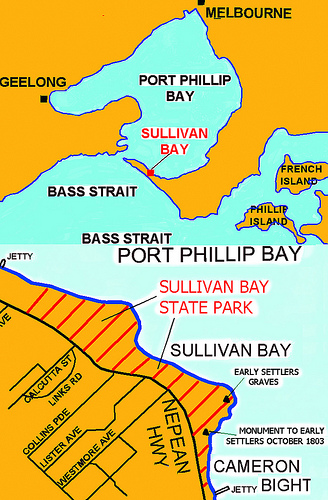 due to the narrow, treacherous bay entrance and vulnerability to attack.
due to the narrow, treacherous bay entrance and vulnerability to attack.
During this brief period, a number of convicts escaped. One of these was William Buckley who became known as the “Wild White Man“, after living with the Koori people in the area around Geelong for 32 years before meeting with John Batman’s party in 1835. Buckley’s improbable survival is believed to be the source of the vernacular phrase “Buckley’s chance” which means “no chance” or “it is as good as impossible”.
after living with the Koori people in the area around Geelong for 32 years before meeting with John Batman’s party in 1835. Buckley’s improbable survival is believed to be the source of the vernacular phrase “Buckley’s chance” which means “no chance” or “it is as good as impossible”.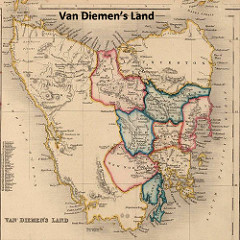
In May 1804, Collins abandoned the settlement and moved to Van Diemen’s Land (now Tasmania) to establish Hobart. Today you can visit the Collins Settlement Historic Reserve at Sorrento to view the four graves, parts of barrels, leg irons and bottles that remain.
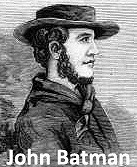
In 1834, the Henty family migrated from Van Diemen’s Land to coastal Portland in western Victoria in search of cheaper land. Victoria at that time was known as the Port Phillip District of New South Wales. Bolstered by the success of the Henty family, 13 Launceston capitalists formed the Port Phillip Association and sponsored one of their members, John Batman, on a voyage aboard the schooner Rebecca to Port Phillip to inspect the land. In 1835, Batman reached Indented Head, was struck by its beauty and suitability for pastoral use. Over the next week, he explored Corio Bay near Geelong and later moved up the Yarra and Maribyrnong rivers, as far north as Keilor, ascending Mt Iramoo (either Redstone Hill in Sunbury or Mt Kororoit in Melton Shire). On 6 June 1835, Batman signed a treaty, known as the Batman’s Treaty, with 8 elders of the Wurundjeri tribes probably at Merri Creek, in what is now Northcote which gave him 200,000 hectares of land,
Corio Bay near Geelong and later moved up the Yarra and Maribyrnong rivers, as far north as Keilor, ascending Mt Iramoo (either Redstone Hill in Sunbury or Mt Kororoit in Melton Shire). On 6 June 1835, Batman signed a treaty, known as the Batman’s Treaty, with 8 elders of the Wurundjeri tribes probably at Merri Creek, in what is now Northcote which gave him 200,000 hectares of land, in exchange for a yearly tribute of assorted gifts such as scissors, knives, mirrors, flour, blankets, shirts, etc. The treaty was later declared void by the Governor of New South Wales, Richard Bourke, who claimed that the British Crown owned the whole of the Australia continent.
in exchange for a yearly tribute of assorted gifts such as scissors, knives, mirrors, flour, blankets, shirts, etc. The treaty was later declared void by the Governor of New South Wales, Richard Bourke, who claimed that the British Crown owned the whole of the Australia continent.
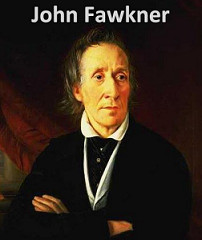
Batman had a rival in settling Port Phillip. John Pascoe Fawkner, a fellow resident of Van Diemen’s Land, purchased a ship, the schooner Enterprize but was prevented by his creditors from boarding when the ship set off on 4 August 1835. On 15 August, Enterprize entered the Yarra River. On 30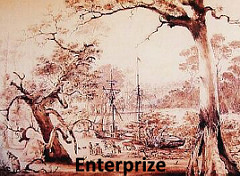 August, after the ship moored at the foot of the present day William Street, the settlers unloaded their store and cleared land to grow vegetables. On 2 September, Batman’s party reached the Yarra and was angry to find Fawkner’s people already occupying the place. When Fawkner arrived on 16 October on the Enterprize with another party of settlers, both groups agreed to start parcelling out land and not dispute who was there first, as there was plenty of land for everybody. Both Batman and Fawkner settled in the new town, which had numerous interim names, before being officially named Melbourne in March 1837, in honour
August, after the ship moored at the foot of the present day William Street, the settlers unloaded their store and cleared land to grow vegetables. On 2 September, Batman’s party reached the Yarra and was angry to find Fawkner’s people already occupying the place. When Fawkner arrived on 16 October on the Enterprize with another party of settlers, both groups agreed to start parcelling out land and not dispute who was there first, as there was plenty of land for everybody. Both Batman and Fawkner settled in the new town, which had numerous interim names, before being officially named Melbourne in March 1837, in honour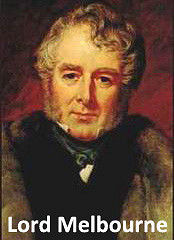 of the British Prime Minister, Lord Melbourne (William Lamb). The interim names include Batville, Batmania, Bearbrass, Bearport, Bareheap, Bearbury, Berren, Bararing and Big Miam Miam, meaning the Town plenty of White Bread (Link to reference source). Fawkner and Batman were both credited with founding Melbourne.
of the British Prime Minister, Lord Melbourne (William Lamb). The interim names include Batville, Batmania, Bearbrass, Bearport, Bareheap, Bearbury, Berren, Bararing and Big Miam Miam, meaning the Town plenty of White Bread (Link to reference source). Fawkner and Batman were both credited with founding Melbourne.
Batman’s eulogizing report of Port Phillip was very well received and triggered massive migration from Van Diemen’s Land. The migrants were known as “overstraiters“, having travelled across the often treacherous Bass Strait. Almost all migrants to Port Phillip came from Van Diemen’s Land until September 1836, when Governor Richard Bourke proclaimed the settlement of Port Phillip legal. This spurred many migrants from New South Wales, known as “overlanders“,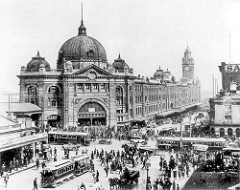 to embark on the 970 km journey to “Australia Felix” (as Major Thomas Mitchell had dubbed Port Phillip).
to embark on the 970 km journey to “Australia Felix” (as Major Thomas Mitchell had dubbed Port Phillip).
UK migrants, seeking an improved economic livelihood, arrived from the late 1830s onwards. Their journeys were either paid by the Government or they came unassisted. About 90,000 people migrated to Port Phillip from 1834 to 1850. The Aboriginal population drastically declined from a pre-contact population of at least 10,000 to 1,903 by the 1850s. The decline was brought about by inter-racial and inter-tribal violence, disease and pastoralism taking away lands used by the natives for hunting and gathering.
Shipping was the lifeblood of the fledgling settlement, bringing supplies and more settlers. Queenscliff grew as a military and maritime centre, with a pilot service established in 1838. Lighthouses and a lifeboat rescue service were added in the 1850s. In 1838, Geelong was founded, became the main port serving the growing wool industry of the Western District and rivalled Melbourne as the leading settlement on the bay. In July 1851, Melbourne broke away from New South Wales and the Colony of Victoria was born. Gold was discovered in Victoria weeks later. The following Gold Rush triggered a worldwide influx of migrants and gave Melbourne a decisive edge as the largest town in Victoria. Worried about the threat of disease from the newcomers, authorities constructed a quarantine station at Portsea in 1852.
founded, became the main port serving the growing wool industry of the Western District and rivalled Melbourne as the leading settlement on the bay. In July 1851, Melbourne broke away from New South Wales and the Colony of Victoria was born. Gold was discovered in Victoria weeks later. The following Gold Rush triggered a worldwide influx of migrants and gave Melbourne a decisive edge as the largest town in Victoria. Worried about the threat of disease from the newcomers, authorities constructed a quarantine station at Portsea in 1852.
Wealth led to the construction of many fine public and private buildings, including imposing churches, hotels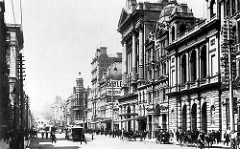 and homes. In the 1880s, Melburnians anxious to safeguard their gold rush wealth, constructed massive forts at Queenscliff and Point Nepean on both sides
and homes. In the 1880s, Melburnians anxious to safeguard their gold rush wealth, constructed massive forts at Queenscliff and Point Nepean on both sides of the bay’s entrance to repel seaborne raiders. Big guns were installed at Point Nepean, Queenscliff, Swan Island, Fort Franklin and the South Channel Fort. Under order
of the bay’s entrance to repel seaborne raiders. Big guns were installed at Point Nepean, Queenscliff, Swan Island, Fort Franklin and the South Channel Fort. Under order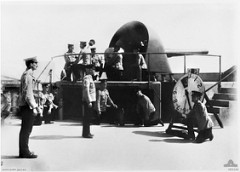 from Fort Queenscliff, a gun at Fort Nepean fired the first artillery shot during World War I and II. The fortifications, labyrinth of tunnels and gun emplacements at both Fort Nepean and Fort Queenscliff are now open to tourists and are stark reminders of colonial invasion fears.
from Fort Queenscliff, a gun at Fort Nepean fired the first artillery shot during World War I and II. The fortifications, labyrinth of tunnels and gun emplacements at both Fort Nepean and Fort Queenscliff are now open to tourists and are stark reminders of colonial invasion fears.
As Melbourne prospered, its wealthy classes discovered the recreational uses of Port Phillip. Bayside suburbs such as St Kilda and Brighton were established on the eastern shore of the bay. Later, resorts further south such as Sorrento and Portsea became popular. The more swampy western shores of the bay were not so favoured, and have been used mainly for non-residential purposes such as the Point Cook Royal Australian Air Force base and the Werribee Sewage Farm. Recently, the western side of the bay has witnessed one of the fastest population growths in Australia and will eventually shift Melbourne’s population from a more easterly to a more centric distribution.
Reference:
- Wikipedia Entry on the History of Port Phillip and Victoria
- visitvictoria.com article on History of Port Phillip
- Port Phillip Bay: a recently drowned river valley
Activities:
- Students’ worksheet on Port Phillip Bay (resource for teachers and parents)


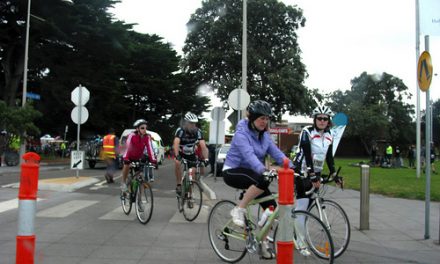
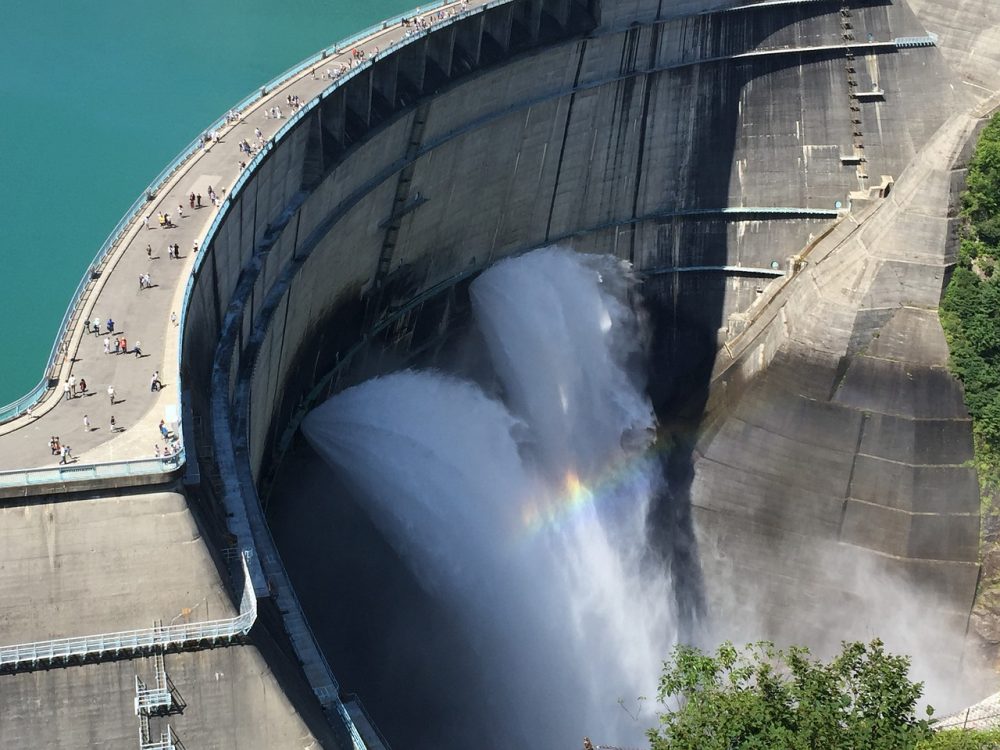
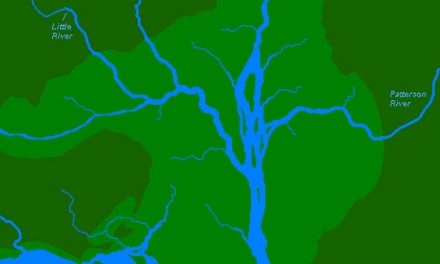
http://parkweb.vic.gov.au/explore/bays-rivers-and-ports/port-phillip
Hi you need to change Port Phillip Bay to Port Phillip please check out Parks Victoria Link.